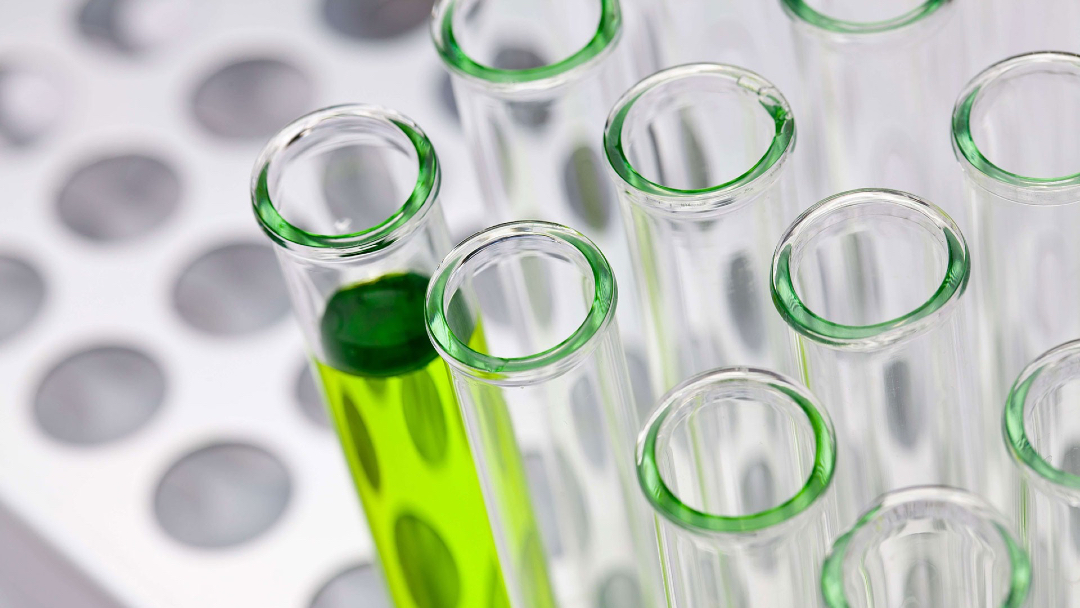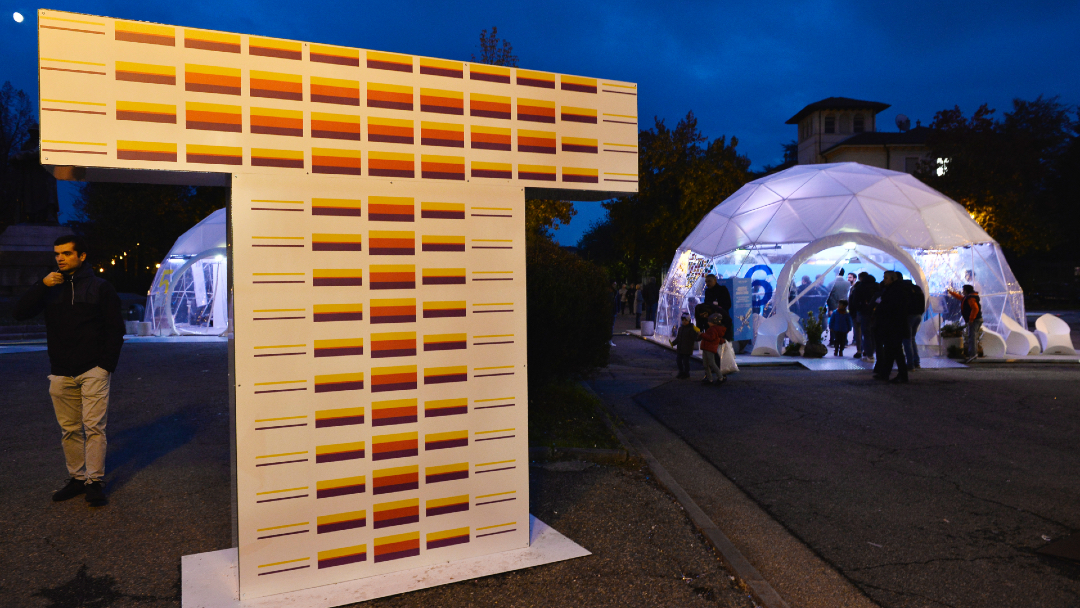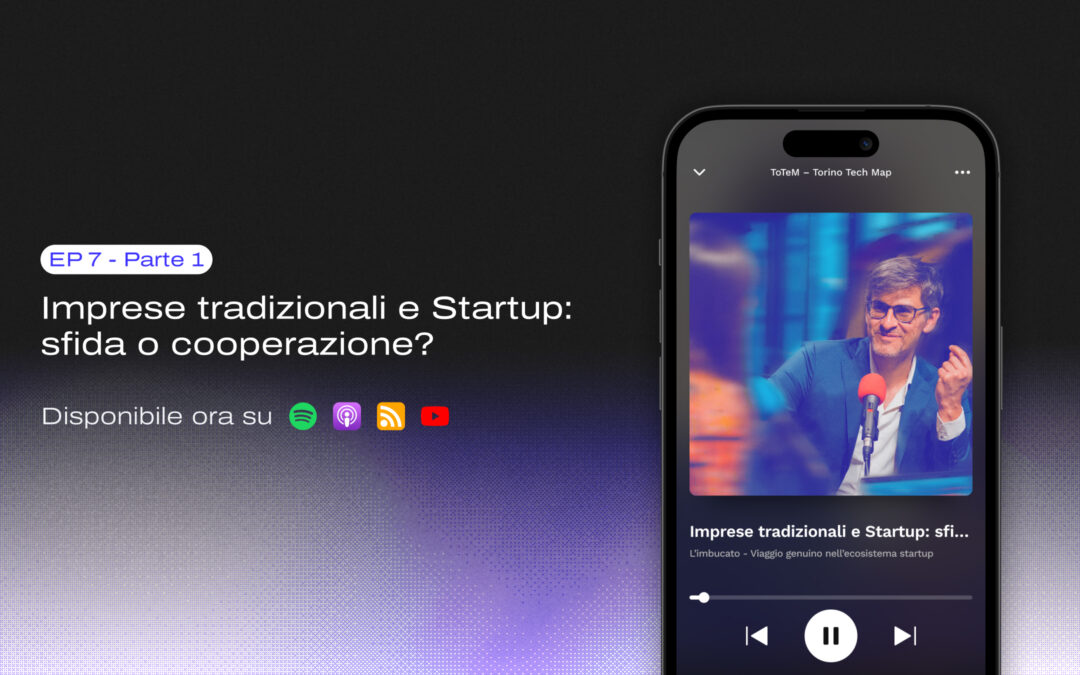At the end of February, Università di Torino began an experiment focused on using educational and social robotics, a weekly therapeutic laboratory to help meet the needs and foster the development of autonomy of young individuals diagnosed with autism spectrum disorder (DSM 5 Level 1 support).
The robot is provided by Intesa Sanpaolo Innovation Center , which has also made available to the project its know-how in the use of robotics in the service of other contexts in order to adapt its potential to the creation of study and support scenarios suited to the needs of the laboratory sessions. Pepper is used as an assistant to psychologists, neuropsychomotricists, educators and speech therapists while the rest of the activities involve autonomous interaction between the project participants.
Each activity involves groups of four people between the age of 11 and 14 years and involves interaction and rehabilitation activities on the use of language, interpersonal communication, expression of emotions and in general the growth of social skills.
The robotic assistant is used by operators to stimulate the achievement of goals (improvement of interaction skills, motor coordination, management of activities related to daily life) and has proven to be a motivating tool for young kids. In addition, the staff can use it to measure and record individual and collective responses to activities, cross-referencing them with environmental and personal data in order to provide a detailed profile of behavior and reactions to visual, communicative and emotional stimuli.
The researchers of the Department of Informatics at UniTo are working on improvements to Pepper's system, one of which is the implementation of artificial intelligence algorithms. The main desired result is the activation of an eye tracker and emotion detection, which can make the robot increasingly adaptable to the needs of each child and improving substantially the therapeutic experience.









